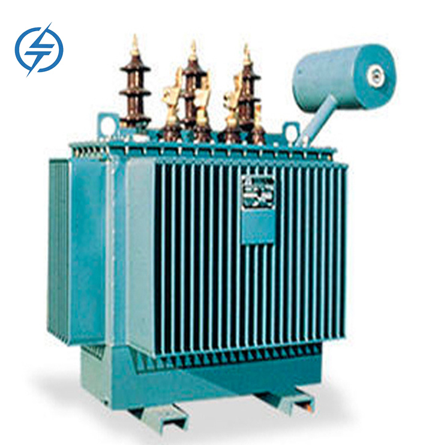If a transformer is overloaded during long-term operation, several consequences can arise, which can lead to its premature failure or reduced efficiency:
Overheating: The primary effect of overloading is an increase in heat generation within the transformer. Transformers operate on the principle of electromagnetic induction, and when they are loaded beyond their designed capacity, more current flows through the windings, leading to higher resistive losses (I^2R losses). This additional heat can cause the temperature of the transformer's windings and oil (in oil-cooled transformers) to rise.
Insulation Damage: Prolonged overheating can lead to degradation and eventual failure of the transformer's insulation materials. Insulation is crucial for maintaining proper electrical separation between the windings and preventing short circuits. High temperatures accelerate the aging process of insulation, causing it to become brittle and less effective over time. This can result in partial discharge, where small sparks jump across degraded areas, further worsening the situation and potentially leading to a full-blown internal arc fault.
Reduced Transformer Life Span: Continuous operation under overload conditions significantly reduces the expected lifespan of a transformer. The accelerated wear and tear on components, particularly the winding insulation and core materials, means the transformer will require replacement or major repairs much sooner than its designed service life. This incurs additional maintenance costs and potential downtime for the system it supports.
Increased Losses and Reduced Efficiency: As the load increases beyond the rated capacity, not only do resistive losses escalate, but also core losses may increase due to higher flux densities. This leads to a drop in the transformer's efficiency as more input power is wasted as heat instead of being effectively transferred to the output. Over time, this inefficiency can translate into substantial energy losses and increased operating costs.
Voltage Regulation Issues: Overloaded transformers may struggle to maintain stable voltage levels at the output. This is because the increased current draw can cause a voltage drop across the winding resistances, leading to lower voltages at the load side. Poor voltage regulation can affect the performance of downstream equipment and potentially damage sensitive devices connected to the system.
Mechanical Stress: Elevated temperatures can cause thermal expansion of the transformer's components, leading to mechanical stresses on the windings, core, and tank. Repeated cycles of overheating and cooling can result in loosening of connections, deformation of parts, and even cracks in critical components, all of which undermine the structural integrity of the transformer.
Safety Hazards: Overloading can create a hazardous operating environment. Excessive heat can vaporize transformer oil, potentially leading to oil leaks and increasing the risk of fire or explosion. Furthermore, the degradation of insulation can eventually trigger short circuits or ground faults, posing risks to personnel and infrastructure. 
In summary, prolonged operation of a transformer under overload conditions can have severe and wide-ranging consequences, necessitating careful monitoring and management of transformer loads to ensure safe, efficient, and reliable power transmission. Regular maintenance, load monitoring, and timely intervention when overloads are detected are essential to prevent these detrimental effects and prolong transformer life.